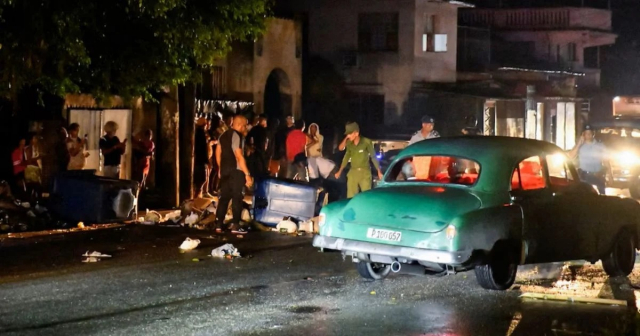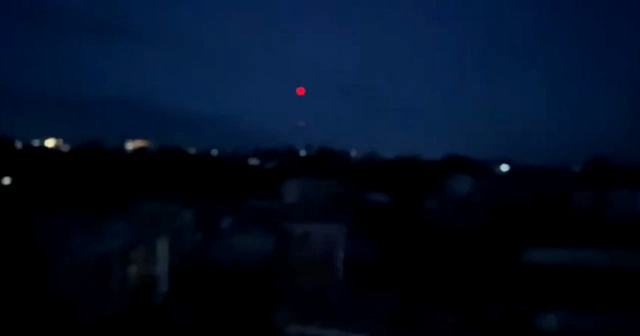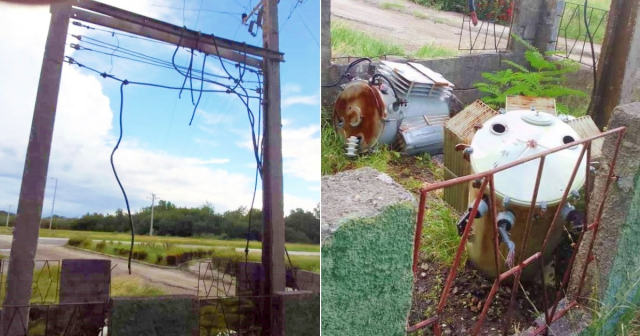
The Electric Union of Cuba (UNE) announced a critical outlook for electricity supply on the island, with a generation deficit estimated at over 800 MW during peak hours.
In a recent post on their social media, the UNE reported that the current conditions of the National Electric System (SEN) indicate severe disruptions, leaving thousands of Cubans without continuous access to electricity amid an energy crisis that has been intensifying over the past year.
The information provided by UNE indicates that the system faced interruptions due to a lack of generation capacity, primarily affecting the provinces from Matanzas to Guantánamo.
These power outages were exacerbated by failures in various thermal power plants and in the electrical grids due to the impact of the recent hurricane Rafael and the earthquakes that affected the eastern region of the country.
In total, the deficit during peak hours could reach 855 MW, leaving large areas without electrical service during times of highest demand.
"It is estimated that during peak hours, there will be a capacity of 1,915 MW and a maximum demand of 2,700 MW, resulting in a deficit of 785 MW. If the anticipated conditions persist, an impact of 855 MW is forecasted for this period. The state-owned company indicated that it is expected to restore the service by early the next morning."
For months, power outages have been a recurring issue in the daily lives of Cubans.
Recent reports indicate that residents of Pinar del Río, Santiago de Cuba, and other provinces have experienced power outages lasting more than 100 hours, severely affecting their living conditions and generating increasing frustration among the population.
Protests against power outages have been a common response, and the authorities have reacted by detaining demonstrators who express their dissatisfaction with the lack of essential services.
The crisis situation in the SEN is partly due to the deterioration of the facilities and the shortage of fuel to maintain stable generation.
According to UNE, several key power plants, such as the Mariel thermoelectric plant and the Santa Cruz plant, are out of operation, while other units are undergoing maintenance or non-operational due to a lack of resources. Distributed generation also faces limitations due to fuel shortages, further reducing capacity.
In light of this situation, the UNE urged the population to prepare for the ongoing interruptions.
In a context where blackouts have become a part of daily life, the Cuban population continues to endure the effects of a deteriorating infrastructure that needs urgent repairs and financial support to prevent a further collapse of the power supply.
What do you think?
COMMENTFiled under:






